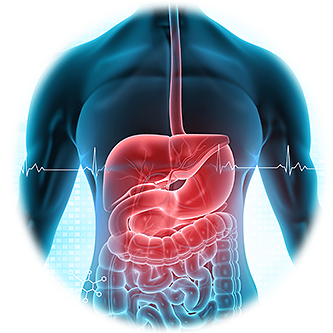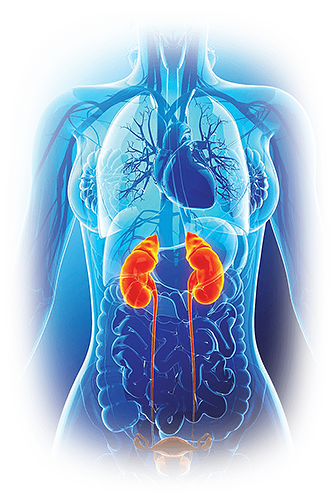Login
For Clinician Providers
For Clinician Providers
For Patients
CDC: STD Rates in the US at Highest Level Ever
Rates of sexually transmitted diseases (STDs), including chlamydia, gonorrhea, and syphilis, were at their highest levels ever in 2015, the most recent year reported, according to the annual Sexually Transmitted Disease Surveillance Report recently published by the Centers for Disease Control and Prevention (CDC.)
The new report notes that many people with STDs are not diagnosed and therefore not treated. People with untreated infections are at risk for infecting others and for developing serious health conditions themselves. Chlamydia and gonorrhea infections can increase the risk of infertility, miscarriage, and chronic pelvic pain. If syphilis is not treated, it can progress and eventually damage the heart, eyes, brain, nervous system, bones, or joints.
Those most at risk for STDs, according to the CDC, include young people, gay and bisexual men, and newborn babies whose mothers have an STD but were not treated during pregnancy. Among the most commonly reported STDs, there were:
More than 1.5 million cases of chlamydia (a 5.9% increase over 2014)
Nearly 400,000 cases of gonorrhea (a 12.9% increase)
Nearly 24,000 cases of primary and secondary syphilis (23,872), the most infectious stages of the disease (a 19% increase)
According to the CDC, the increase in STD cases is especially alarming now because in the last several years over half of the U.S. local and state STD programs have faced major budget cuts. For example, over twenty state health department STD clinics closed in just one year, which means people at risk have less access to testing and treatment for STDs.
Some people do not get tested and treated because they don’t know they are infected. Signs and symptoms may be non-specific and are sometimes easily missed. That is why it is important to get the recommended screenings for STDs, even if you don’t notice any symptoms.
According to the CDC, if you are sexually active, getting tested for STDs is one of the most important things you can do to stay healthy. If you’re embarrassed to discuss STDs with your own healthcare practitioner or don’t have your own healthcare practitioner, you can search for an STD clinic at the CDC’s webpage Get Tested. Many of the clinics provide low cost or free STD testing.
STD testing recommendations from the CDC include:
Screening for chlamydia and gonorrhea should be done annually for all sexually active women younger than 25 and older women with risk factors for STDs, such as a sex partner who has an STD, a new sexual partner, or multiple sexual partners.
Men who have sex with men should be tested at least once each year for STDs, and men who have multiple sex partners should be tested every three to six months.
Beginning early in their pregnancies, all pregnant women should be screened for syphilis and chlamydia, and at risk pregnant women who have multiple sexual partners or a partner with an STD should be tested for gonorrhea. The CDC recommends repeat STD testing during pregnancy for at risk women in order to treat an infection, which lessens the chance of the infection being passed from the mother to the newborn baby.
All adults and adolescents ages 13 to 64 should be tested at least once for HIV. People at increased risk should be tested annually.
Chlamydia and gonorrhea screening is usually done by testing a urine sample or cervical swab for the bacteria with a method called nucleic acid amplification testing or NAAT. Syphilis is usually diagnosed with blood tests. HIV testing can be done with blood or oral fluid samples. See the “Related Pages” section for links to more information on these tests.



